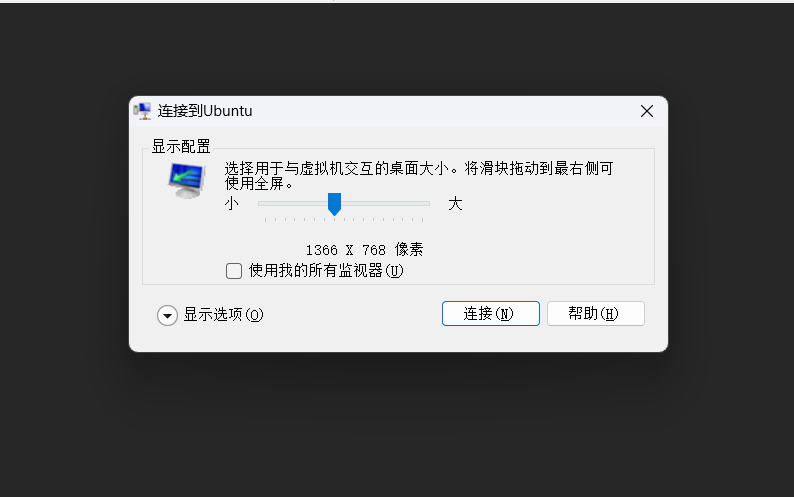使用Vite 创建一个Vue3 ts 项目,并配置路由和别名
NodeJs 版本: v16.17.0
Yarn 版本: 1.22.19
Npm 版本: 8.15.0
操作系统 版本: Windows11
初始化项目
创建新的 Vue3 ts 项目
yarn create vite
选择 Vue -> TypeScript
添加 vue-router
yarn add vue-router@next
别名配置
修改 vite.config.ts 文件
import {defineConfig} from 'vite'
import {fileURLToPath, URL} from "url"
import vue from '@vitejs/plugin-vue'
// https://vitejs.dev/config/
export default defineConfig({
plugins: [vue()],
resolve: {
alias: {
'@': fileURLToPath(new URL('./src', import.meta.url))
}
}
})
tsconfig.json 配置
{
"compilerOptions": {
"target": "ESNext",
"useDefineForClassFields": true,
"module": "ESNext",
"moduleResolution": "Node",
"strict": true,
"jsx": "preserve",
"sourceMap": true,
"resolveJsonModule": true,
"isolatedModules": true,
"esModuleInterop": true,
"lib": ["ESNext", "DOM"],
"skipLibCheck": true,
"baseUrl": "./",
"paths": {
"@/*": ["./src/*"],
}
},
"include": ["src/**/*.ts", "src/**/*.d.ts", "src/**/*.tsx", "src/**/*.vue"],
"references": [{ "path": "./tsconfig.node.json" }]
}
配置 router
- src 目录下创建 router, views 目录
- src/router/index.ts 代码
import {createRouter, RouteRecordRaw, Router, createWebHistory} from "vue-router";
const routes: Array<RouteRecordRaw> = [
{
path: '/',
name: 'Home',
component: () => import('@/views/Home.vue'),
}
]
const router: Router = createRouter({
history: createWebHistory(),
routes
})
export default router
- src/main.ts 代码
import { createApp } from 'vue'
import './style.css'
import App from './App.vue'
import router from "@/router";
createApp(App)
.use(router)
.mount('#app')
- src/App.vue 代码
<script setup lang="ts">
</script>
<template>
<router-view/>
</template>
<style scoped>
</style>
- src/views/Home.vue 代码
<script setup lang="ts">
import HelloWorld from '@/components/HelloWorld.vue'
</script>
<template>
<HelloWorld msg="Vite + Vue" />
</template>
运行截图

